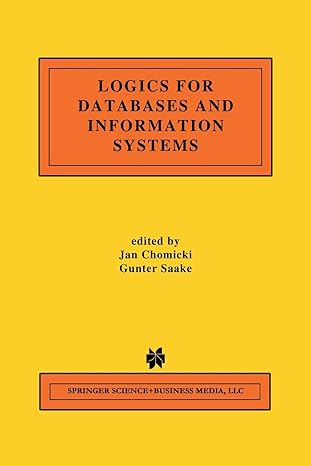Question
The following application of Bayes rule often occurs in actual medical practice. Suppose you have tested positive for a disease. What is the probability you
The following application of Bayes rule often occurs in actual medical practice. Suppose you have tested positive for a disease. What is the probability you actually have the disease? It depends on the sensitivity and specificity of the test, and on the prevalence (prior probability) of the disease. Well denote:
a positive test as: Test = pos a negative test as: Test = neg presence of disease as: Disease = true absence of disease as: Disease = false We know from clinical studies done on the test before FDA approval that the sensitivity and specificity of the test are: p (Test = pos | Disease = true) = 0.95 (true positive rate, or sensitivity) p (Test = neg | Disease = false) = 0.90 (true negative rate, or specificity) From which we can also deduce: p (Test = neg | Disease = true) = 0.05 (false negative rate) p (Test = pos | Disease = false) = 0.10 (false positive rate) We also know from public health surveys that the disease is relatively rare. The prevalence in the general population is: p (Disease = true) = 0.01 From which we can deduce: p (Disease = false) = 0.99 a) Use Bayes rule to calculate p (Disease = true | Test = pos), i.e. the probability you actually have the disease, given the test was positive.
b) Calculate the ratio p (Disease = true | Test = pos) / p (Disease = true). [ In Bayesian statistics, a ratio like this is interpreted as the effect of new evidence on our beliefs about a probability. In this case, we are concerned with the probability of disease, and the new evidence is the test result.]
Step by Step Solution
There are 3 Steps involved in it
Step: 1

Get Instant Access to Expert-Tailored Solutions
See step-by-step solutions with expert insights and AI powered tools for academic success
Step: 2

Step: 3

Ace Your Homework with AI
Get the answers you need in no time with our AI-driven, step-by-step assistance
Get Started


